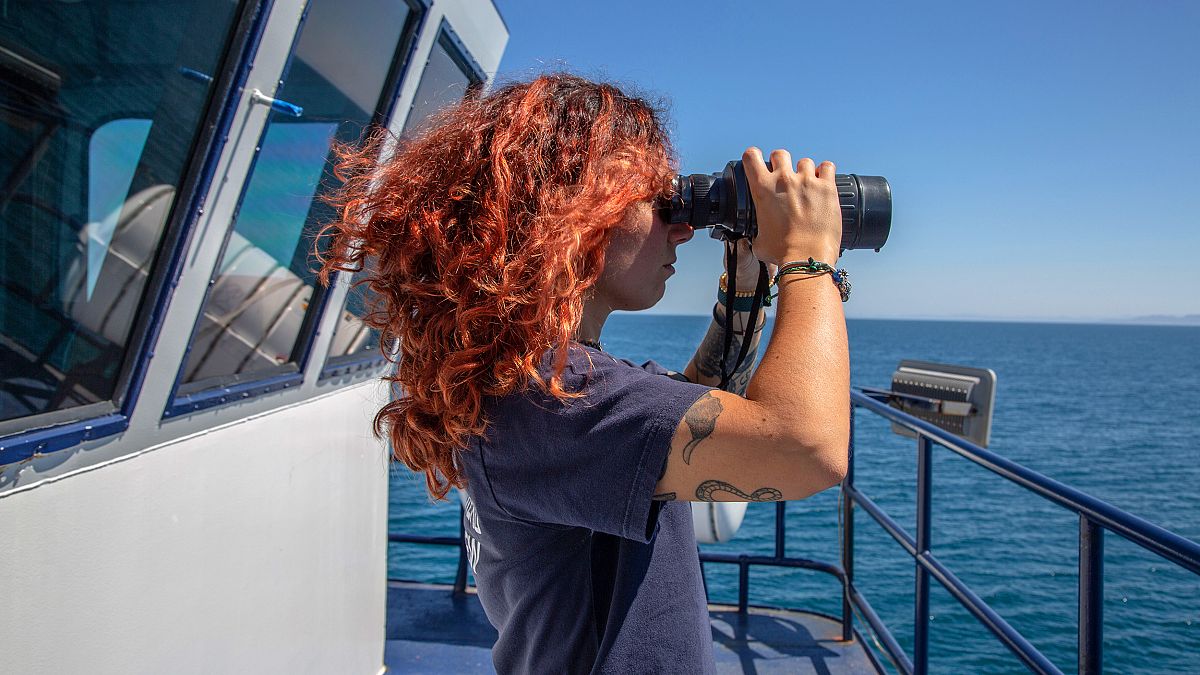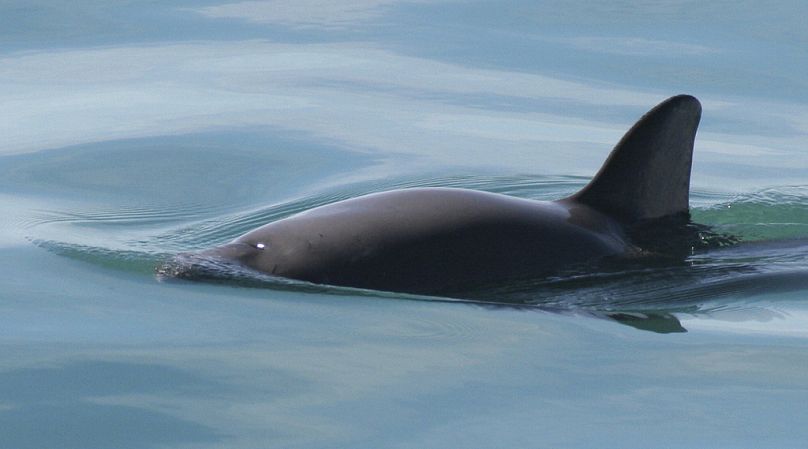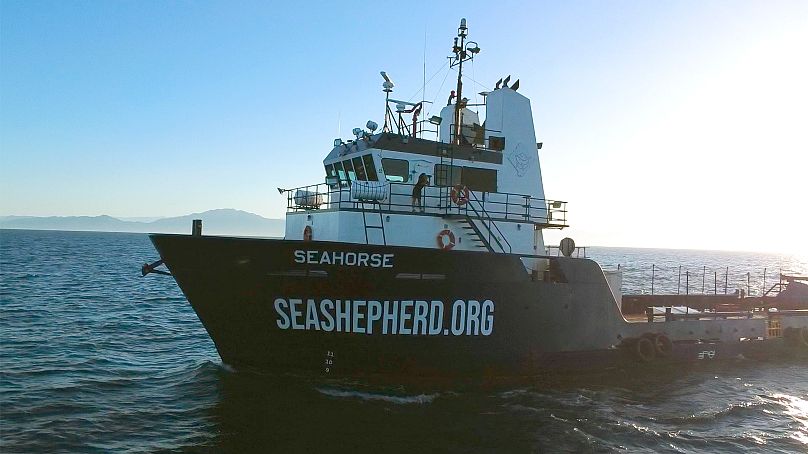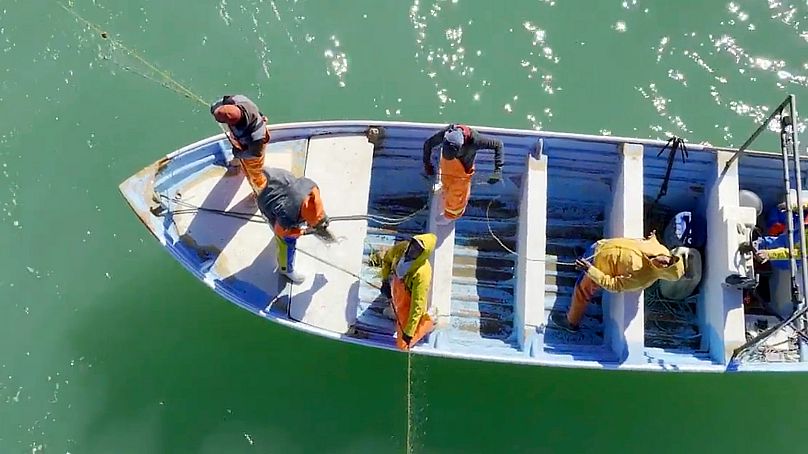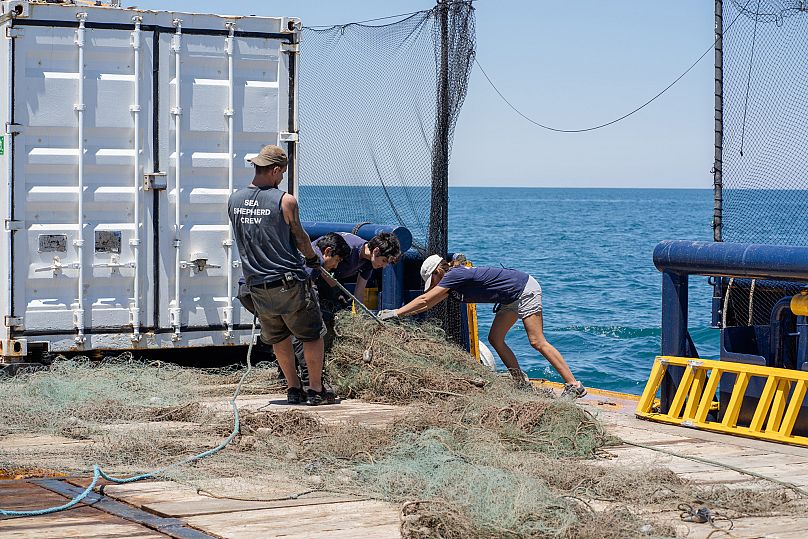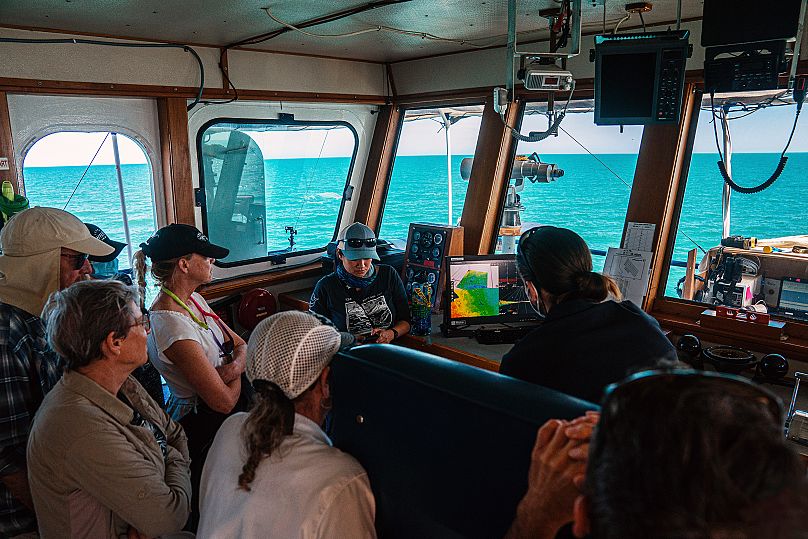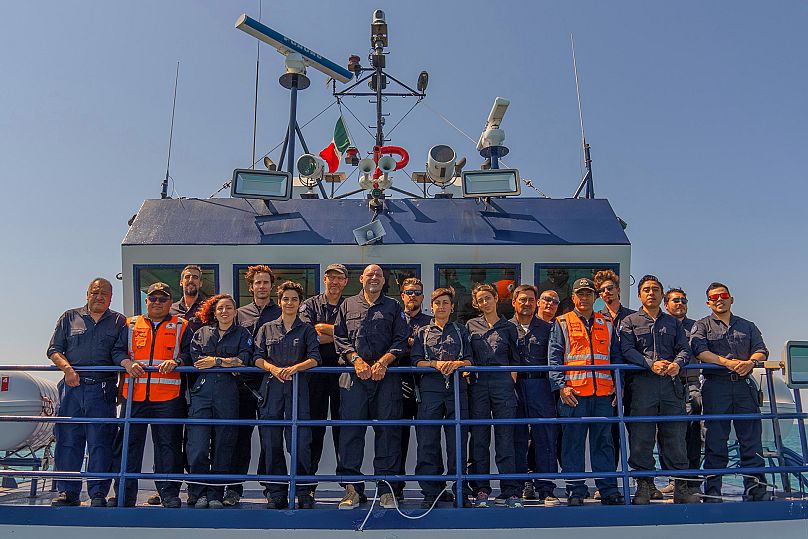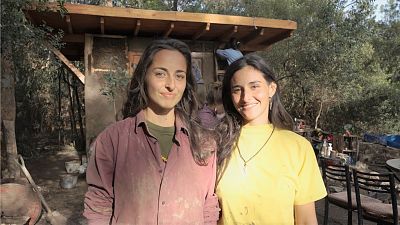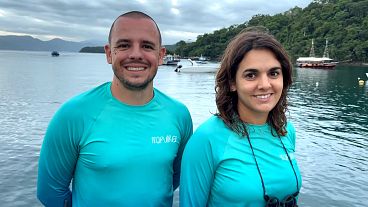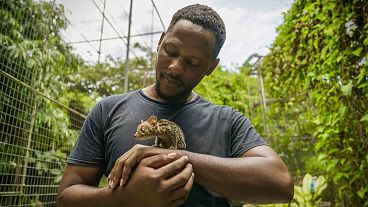In partnership with Media City, Qatar
SCENES shines a spotlight on youth around the world that are breaking down barriers and creating change. The character-driven short films will inspire and amaze, as these young change-makers tell their remarkable stories.
In the blue waters of Mexico's Gulf of California, dedicated conservationists are battling to safeguard the world's most endangered marine mammal. The vaquita porpoise is a small dolphin-like cetacean endemic to the region.
According to the international wildlife organisation, The World Wide Fund for Nature, "as few as ten vaquita are left" in the wild. Their population is rapidly declining, and the species is tethering on the brink of extinction.
Sea Shepherd is a non-profit marine conservation organisation whose sole mission is protecting and preserving the world's oceans and marine wildlife.
Guardians of the Sea
Since 2015, the Sea Shepherd crew has worked hard to safeguard the vaquita through their campaign, 'Operation Milagro'. Their newest ship, The Seahorse, patrols Mexico's waters and works with local authorities to tackle overfishing, poaching, and habitat destruction.
Mark Gibbs, one of the captains onboard The Seahorse, says: "A lot of Sea Shepherd work has been on the high seas. We've chased trawlers through long distances."
The vaquita live in a pocket of water known as 'The Vaquita Refuge'. UNESCO recognises the area; therefore, the space is protected, and gillnet fishing is banned. Despite its status, the site is home to an active artisanal fishing community.
Captain Mark told SCENES, "The vaquita is sometimes accidentally caught, particularly in poacher's nets. Poachers target fish exactly the same size as a small vaquita."
Poaching endangered species
According to the United Nations Food and Agriculture Organisation, illegal fishing activities are responsible for the loss of as much as 26 million tonnes of marine life each year. They estimate that the trade has an economic value of up to 23 billion US dollars.
The poachers target a fish called the totoaba, which is an endangered species endemic to the Gulf of California. Formerly abundant, its population numbers are now dangerously low.
"Poachers only target totoaba, but I've seen many other animals entangled in totoaba nets. I've seen tons of rays, sharks, turtles, sea lions, dolphins and whales entangled," says Laura Sánchez, a marine biologist onboard The Seahorse.
The totoaba is targeted for its swim bladders that can be sold in the black market. This illegal trade is very lucrative for poachers, who go to great lengths to secure their catch.
"The Totoaba swim bladder's price per weight is higher than gold," adds Laura.
Safeguarding the vaquita
Operation Milagro focuses on removing illegal fishing gear from their zero-tolerance area. Captain Mark tells SCENES that The Seahorse has retrieved thousands of fishing nets from the water since the campaign has been active.
"For poachers, the nets are very expensive. So they didn't like people coming in and pulling up their nets," explains Captain Mark. "So we had a lot of conflicts. We had people throwing petrol bombs at the ships. We had poachers trying to board the ships. There was a lot of gunfire," he adds.
The Seahorse crew removes all fishing nets lost or abandoned at sea. "The problem is they're made of plastic," says Captain Mark. "Then plastic stays forever, and they just keep catching fish forever unless you find them," he explains.
According to Captain Mark, in the first 75 days since The Seahorse began its operation, there was a 90% reduction in illegal fishing activity in the Vaquita Refuge area.
"I'm absolutely convinced if we weren't here, there would be no vaquita left," adds Captain Mark.
Laura Sánchez believes that the campaign has had a tangible impact on the safety of vaquita. "The reason why the vaquita is still alive is because of what we've done here. All the illegal fishing gear that we have retrieved is what has really made the change."
'An important campaign'
"It's such an important campaign. The world is looking at this campaign because the vaquita is the most threatened marine mammal, and the totoaba is the most threatened marine fish," says Captain Mark.
"Unfortunately, many species are on the brink of extinction. This is why I'm fighting. This is work that we have to keep doing. It's what the world needs right now," concludes Laura.
Sea Shepherd will continue to safeguard the vaquitas in the Gulf of California. Their valiant efforts to protect these endangered creatures are helping to secure a future for these majestic animals.

